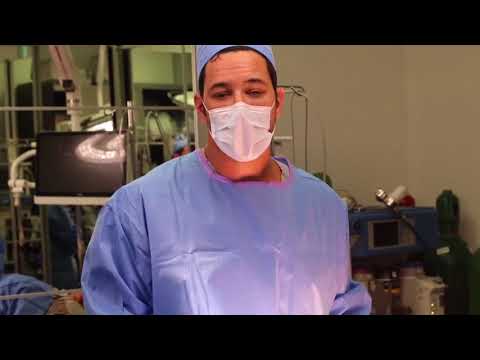Labiaplasty is a procedure that can restore our Miami patients' confidence and self-esteem regarding their appearance in the most intimate of places. This surgical treatment is used to reduce the size of the minor or major labia walls that surround the vulva. All women are different, and a plastic surgeon such as Dr. Maercks should be consulted to determine the ideal amount of reduction in the labia. He is also able to perform revision labiaplasty and labiaplasty reconstruction.
Common reasons for labiaplasty reconstruction in Miami
- Too much of the labia retract is removed. While this part cannot grow back, Dr. Maercks may be able to repair it using a VY reconstruction if enough unresected tissue remains.
- Inadequate removal of tissue. This is essentially the opposite of the issue above: too little is removed, leaving the patient unhappy with the appearance of her labia. This is better than too much being removed, but it does require the patient to undergo a secondary procedure.
- Separation of the edges. Often, when a patient does not follow recovery instructions properly, she does not heal correctly, and the anastomosis widely separates. Dr. Maercks addresses this with a trim or a V-wedge procedure.







